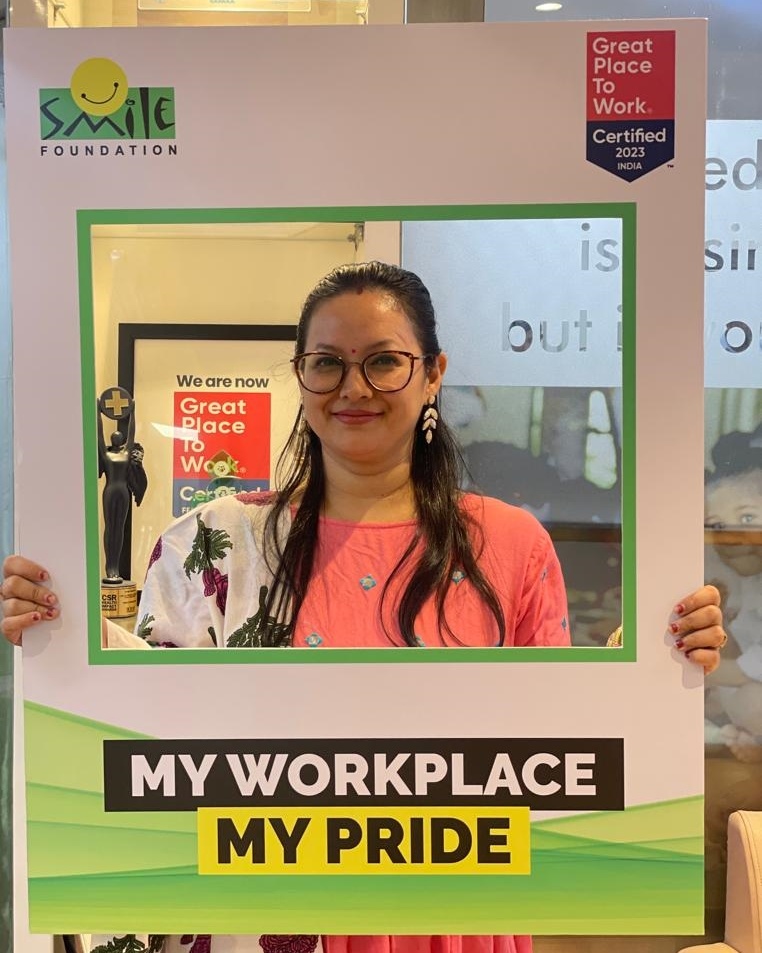Gender equality in the workforce remains an elusive goal, raising pertinent questions about the challenges faced by women in professional settings. Are we truly moving towards a workplace that values diversity and inclusivity? Why do work-life balance concerns disproportionately affect employed women in India? Is motherhood being unjustly wielded as a barrier to women ascending into leadership roles? In the pursuit of gender equality, are organisations doing enough to ensure the safety and well-being of women employees?
Work-Life Balance: A Critical Concern for Women at Workplaces
The recently released Women in India Inc HR Managers Survey report sheds light on some significant issues, emphasising the need for comprehensive policies to retain and empower women in the professional spaces. The report reveals a glaring disparity between the work-life balance concerns of employed women and their male counterparts in India.
A staggering 34% of women leave their jobs due to work-life balance issues, a stark contrast to the mere 4% of men facing similar challenges. This disparity highlights the pressing need for organisations to reassess their policies and create an environment that supports both genders in achieving a harmonious work-life balance.
In addressing this issue, organisations must develop targeted strategies to retain women in the workplace. Flexible working hours, remote work options, and family-friendly policies can go a long way in fostering an inclusive environment. Organisations that prioritise work-life balance not only retain talented female employees but also promote a culture of overall well-being among all staff.
Motherhood and Leadership: Dispelling Myths
One pervasive challenge hindering the progress of women at workplaces is the misconception that motherhood is an impediment to leadership roles. The report underscores that salary concerns, career opportunities, and work-life balance are the top three reasons women leave their organisations. However, it is crucial to dismantle the notion that motherhood should be an excuse for companies to overlook women for leadership positions.
Companies should actively encourage and support women in leadership roles, understanding that motherhood brings unique skills, such as multitasking, time management, and empathy, that are invaluable in leadership positions. Establishing mentorship programmes, leadership training initiatives, and equal opportunities for career advancement can help break down these barriers, allowing women to thrive both professionally and personally.
The report highlights the alarming trend of hiring managers considering a the marital status of a female applicant and age more than their male counterparts. This bias creates significant barriers to hiring more women and perpetuates stereotypes that hinder their career growth. Organisations must actively work to eliminate such biases by promoting gender-neutral hiring practices.
Implementing blind recruitment processes, where applicant details like gender, marital status, and age are initially hidden, can help create a fair and merit-based selection system. Training hiring managers to recognise and eliminate unconscious biases is equally important in fostering a workplace culture that values diversity and inclusion.
Safety Concerns: Bridging the Gap
One of the most alarming findings of the report is that 59% of surveyed organisations had not established Internal Complaints Committees mandated by the Prevention of Sexual Harassment (POSH) Act. This glaring gap in addressing sexual harassment concerns not only violates legal requirements but also jeopardises the safety and well-being of women in the workplace.
To rectify this situation, organisations must prioritise the establishment and proper functioning of Internal Complaints Committees. Conducting regular training sessions on workplace safety, implementing transparent reporting mechanisms, and fostering a culture that encourages speaking up against harassment are essential steps toward creating a safer work environment for women.
More Women at Workplaces
The conversation around the issues of women in the workforce will only see meaningful progress when equality in all aspects is achieved. By addressing work-life balance concerns, dispelling myths around motherhood and leadership, eliminating gender biases in hiring, and ensuring the safety of women in the workplace, organisations can create a more inclusive and equitable professional landscape. It is not just a moral imperative but also a strategic necessity for companies to embrace diversity and empower women for the betterment of the workforce as a whole.









